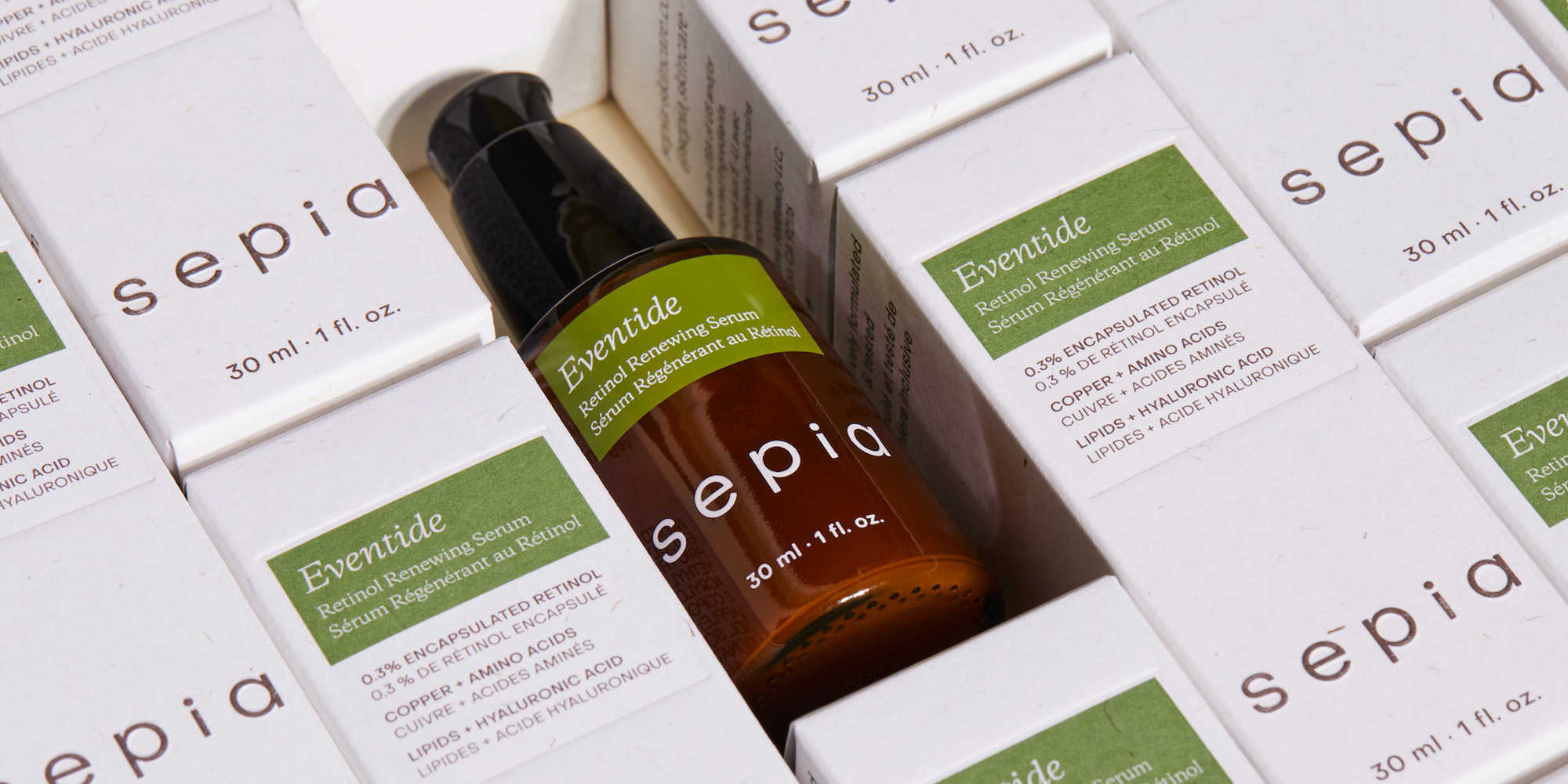
New Skincare Brand Sepia Is Founded By And Assessed To Be Clinically Effective For People Of Color
Despite having over 15 years of experience with clinical studies in the healthcare field, co-founder Anna Bueno was disappointed by the number of hoops she had to jump through to ensure representation of an array of skin tones in clinical studies conducted for her new brand Sepia.
Her nonnegotiable was that the brand find a clinical studies vendor that could ensure equal representation of all six Fitzpatrick phototypes, which span the amount of melanin in people’s skin to go from pale to dark brown skin tones. She received word from several vendors that they’d never had such a request before, and one vendor proposed tripling the standard fee. Cosmetic chemist and Chemist Confessions co-founder Gloria Lu shared with Beauty Independent last year that labs often increase the pricing of clinical studies 10% to recruit for diversity in clinical studies. Not only can the price be more, but inclusive studies take more time and effort.
“It’s really important that, when you’re looking at a beauty product and you’re saying that we ran clinical studies, who was in that clinical study because do you look like them? Do you feel like you were included in this? When you’re reading claims, are you considered in that?” says Bueno. “We want to make sure that, when we say everyone, we mean it and that you’re feeling seen, but just beyond feeling seen, it’s so important that when you share claims that everyone is represented in that claim because, if they’re not, how do you know if that’s going to work for you?”
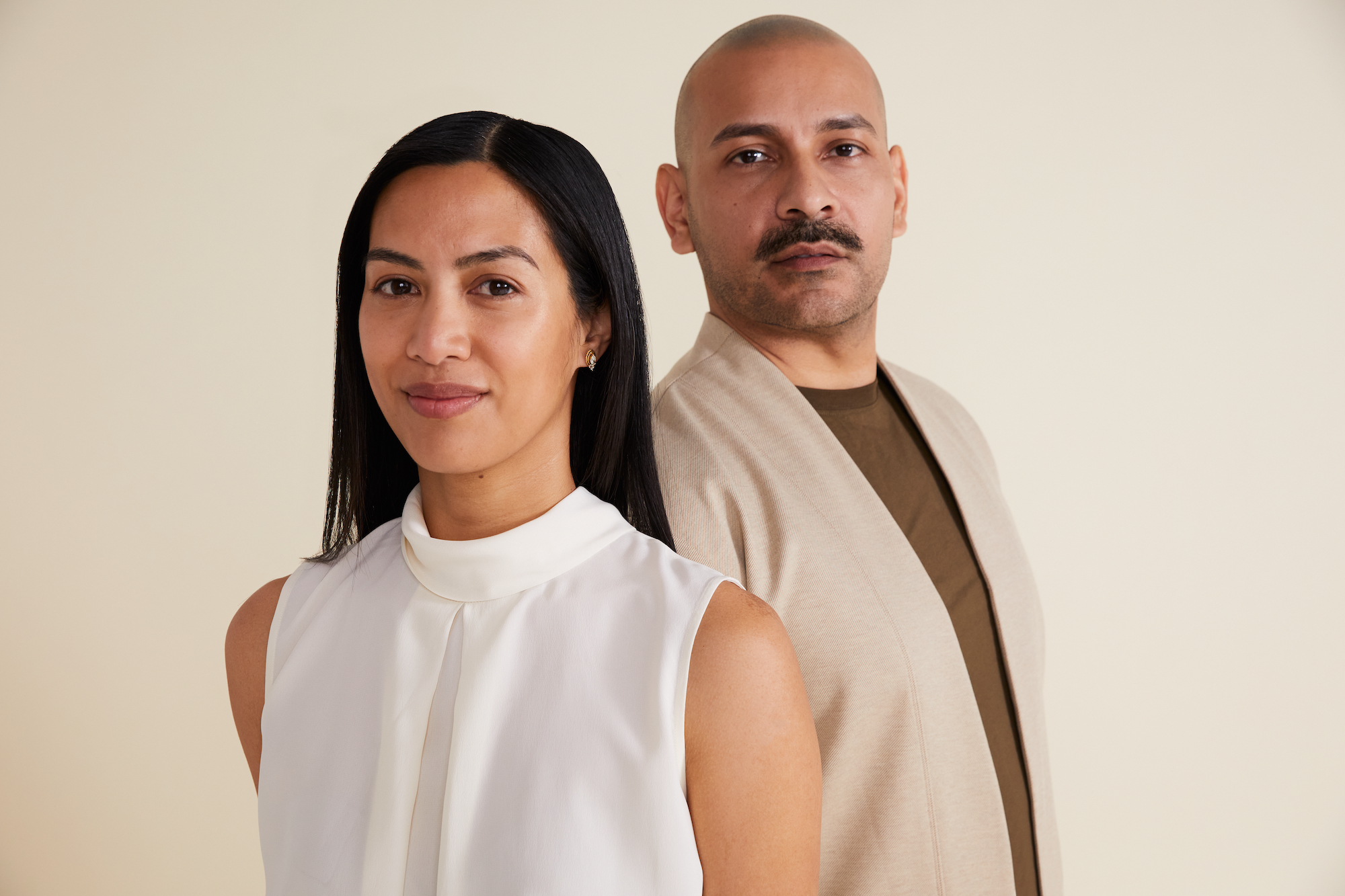
Sepia eventually landed on a lab that didn’t price gouge it, but Bueno describes the journey of nailing it down as outrageous. She expounds, “Besides being frustrating, it was disheartening because, in some cases, the individuals delivering this news were themselves representatives of the very Fitzpatrick skin tones that are often underrepresented in clinical studies.”
Sepia ultimately commissioned a 12-week clinical study of 43 participants representing the complete range of six Fitzpatrick skin phototypes, with more than half (55%) representing the darker phototypes IV, V and VI. Ninety-five percent reported that their skin felt smoother and softer after using the brand’s serum; 88% reported visible signs of improved skin texture; and 84% reported a more even looking skin tone. The results of the study, including a breakdown of participants’ skin tones, ethnicity and gender, are featured on Sepia’s website.
Bueno and her co-founder at Sepia, Mike Modula, former head of category, buying and visual merchandising at Sephora Australia and merchandise manager, buyer for color cosmetics at Sephora inside J.C. Penney, poured $150,000 combined into creating the brand’s sole product at launch, $85 Eventide Retinol Renewing Serum. The pair chose to start with a single product because Sepia’s serum doesn’t require customers to replace their entire routine. They wanted to tackle the treatment category out of the gate because it’s an area where clinical studies are key.
“We strongly believe that diversity is a fact, inclusion is a choice, and belonging is an outcome.”
Modula asserts, “We’re saying, here’s a product that we spent two years building to get essentially the perfect formula in our eyes that will work on all skin tones, and you can seamlessly slip this into your routine.” He adds, “We knew our first product needed to be a retinol just because retinol is such a gold standard ingredient, and there’s so much clinical research to support retinol’s ability to increase cellular turnover and collagen production, improve skin texture and tone and even unclog pores and improve acne.”
The flip side of retinol is that it can cause irritation if it’s not properly dosed, and it can be challenging to keep stable in a formula. Modula says, “You’re actually seeing a lot of brands shy away from retinol in pursuit of retinol alternatives, but the clinical research supporting the benefits of these alternatives pale in comparison to the literature supporting retinol.”
Eventide Retinol Renewing Serum’s encapsulated retinol comes in a .3% dosage. Bueno characterizes the concentration as effective and gentle. “Slow and steady definitely wins the race versus something that’s higher and that can give you retinol burn,” she says, pointing out that people with melanated skin dealing with skin damage are likelier to end up with hyperpigmentation.
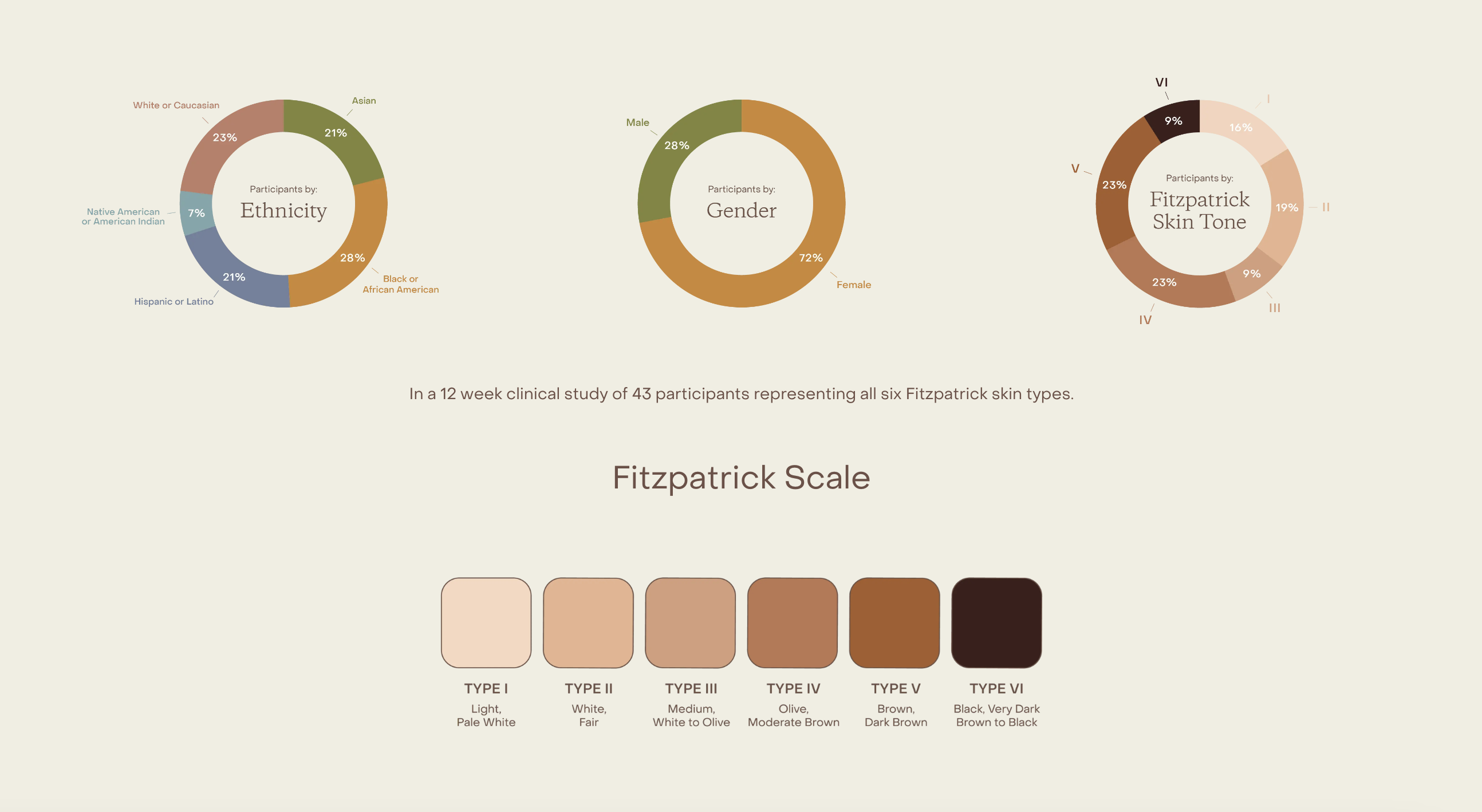
Along with retinol, Eventide Retinol Renewing Serum includes hyaluronic acid, copper, amino acids and ceramides. Sepia’s site has an interactive ingredient list made possible by the ingredient transparency company ClearForMe that displays everything in the formula.
As shown by their pursuit of an inclusive clinical study, Bueno and Modula set out to build a brand with inclusivity as its foundation rather than an afterthought. “Over the years, I’ve worked with hundreds of brands in many markets around the world, and I’ve always been rather disappointed with the often performative and sometimes even tokenistic nature of how the beauty industry addresses the concept of diversity inclusion, especially in skincare,” says Modula. “We strongly believe that diversity is a fact, inclusion is a choice, and belonging is an outcome.”
Modula and Bueno’s brand’s name, Sepia, is a reference to the sepia-like rainbow that appears when looking at the range of skin tones. Modula says, “It was a really beautiful nod to the inclusive message that we started the brand from.”


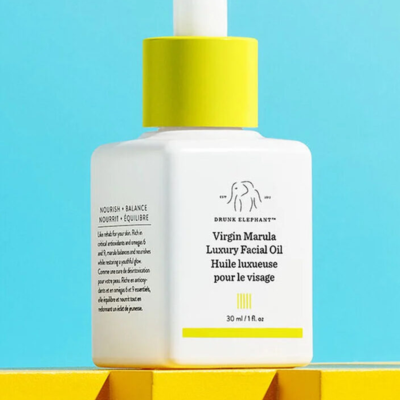

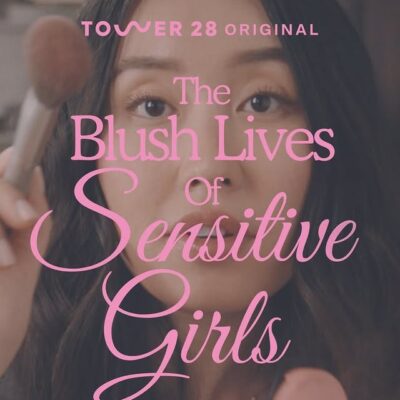
Leave a Reply
You must be logged in to post a comment.